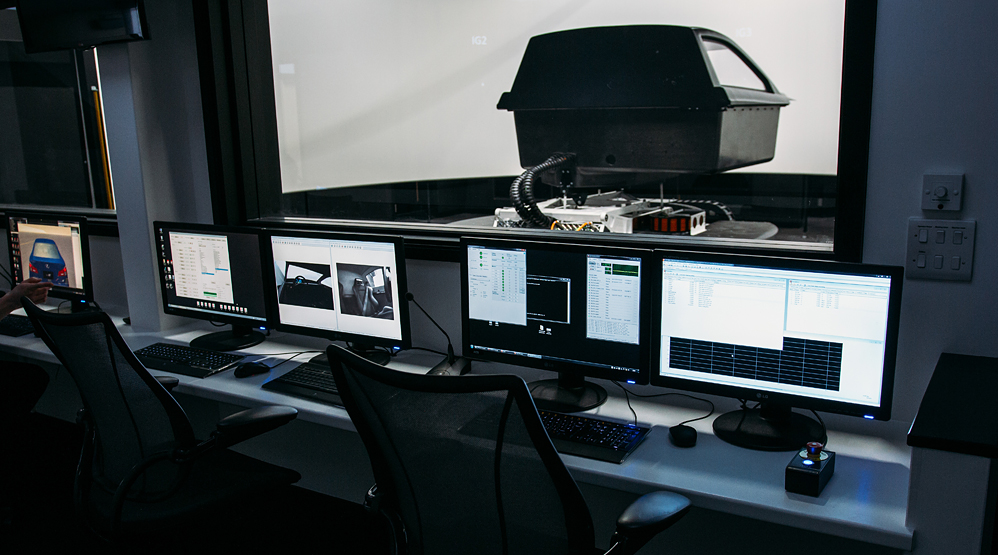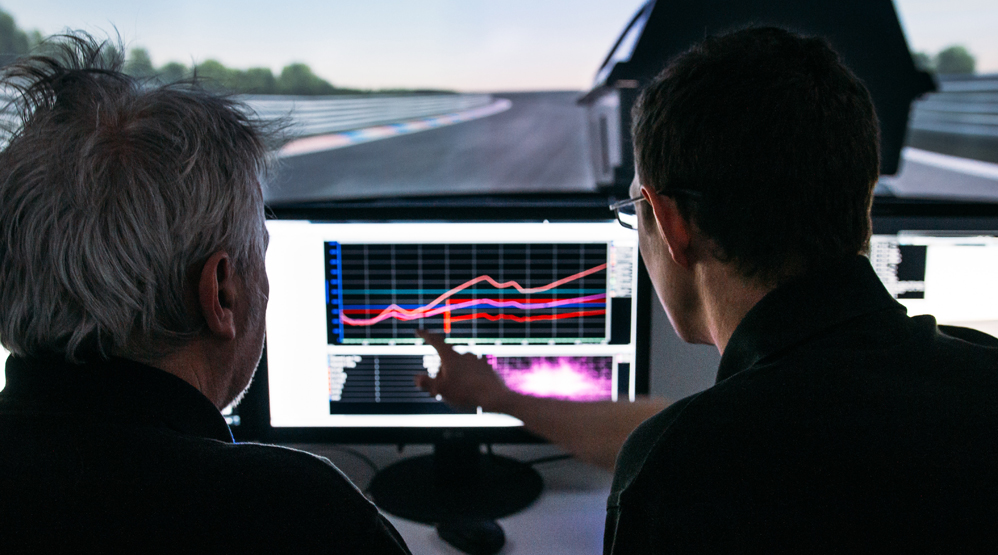The rollout of autonomous vehicles brings with it many questions. Whether we like it or not autonomous cars are coming, with manufacturers promising full hands-off SAE Level 4 autonomy as soon as 2021. One of the upsides is the time it’s going to offer us. The question that arises out of this is what people will do once they are not actually driving. Researchers Michael Sivak and Brandon Schoettle at the University of Michigan interviewed more than 3,200 people on four different continents about what they would do if they had to no longer pay attention to the road. While results varied from country to country, they found that on average 35.6 percent of those questioned would engage themselves in activities that could increase the incidence of motion sickness, such as reading, working or watching videos.
This notion of autonomous vehicles causing motion sickness is one that is not really in public consciousness but could have a detrimental impact on between 4 and 17 percent of adults, according to the researchers. Other reports have indicated the number of individuals that experience mild to moderate motion sickness as a result of autonomous vehicles could be as high as 66 percent.
These figures are alarming, and one that manufacturers will want to mitigate against. However, before car makers can even begin to address this, they need to be able to scientifically study the root causes of motion sickness. This means there needs to be a way of making people feel sick on purpose.
Simulator manufacturer, Ansible Motion, through its high-tech Driver-in-the-Loop (DIL) simulators is able to support car makers to do this. This is because it is able to create a fully immersive experience that others simply cannot achieve.

Traditionally, automotive simulator technology has been carried over from aircraft ‘hexapod’ simulator technology. The dynamics of road vehicles are characterised by short sharp movements, in stark contrast to lower frequency movements of aircrafts. To combat this Ansible Motion designed its simulators with road vehicles in mind. Its simulators are aligned with all six of a vehicle’s primary movement axes and are able to provide sufficiently low inertia and enough high mechanical stiffness to accurately carry out desired motions.
To achieve this, Ansible Motion has developed a ‘stratiform’ motion system. Essentially the driving pod of the simulator is placed on a number of layers. The first X-Y layer gives the simulator lateral and longitudinal movements, while the subsequent layers above generate the yaw, pitch, roll and ‘bounce’ motions. All of this results in a simulator with a lower centre of gravity, meaning control of the simulator is easier to manipulate.
By having such a high degree of control and fidelity means that Ansible Motion is effectively able to completely eradicate any motion sickness for most drivers and experiments. Conversely, it can also induce motion sickness, meaning it is able to study what situations trigger motion sickness in everyday car use.

Several OEMs who are wanting to develop or are already developing autonomous vehicle technology are looking how they might be able to use DIL simulators to study the effects of motion sickness in the autonomous technology they are developing. As with using other simulators, the benefit of using a DIL simulator for these motion sickness experiments is they offer engineers repeatable control over the entire environment. Furthermore, real-world testing with real people starts at a much earlier stage using a DIL simulator, saving precious time and money. Obviously with such an ability to control all elements it is an incredibly safe method for testing vehicles.
Studying the root causes of motion sickness is, therefore, quite clearly crucial to the development of autonomous vehicles. It is a problem that is set to be dramatically improved with Ansible Motion’s DIL simulators. Once solved it will once again raise the question: How will you take advantage of not needing to drive whilst driving?








